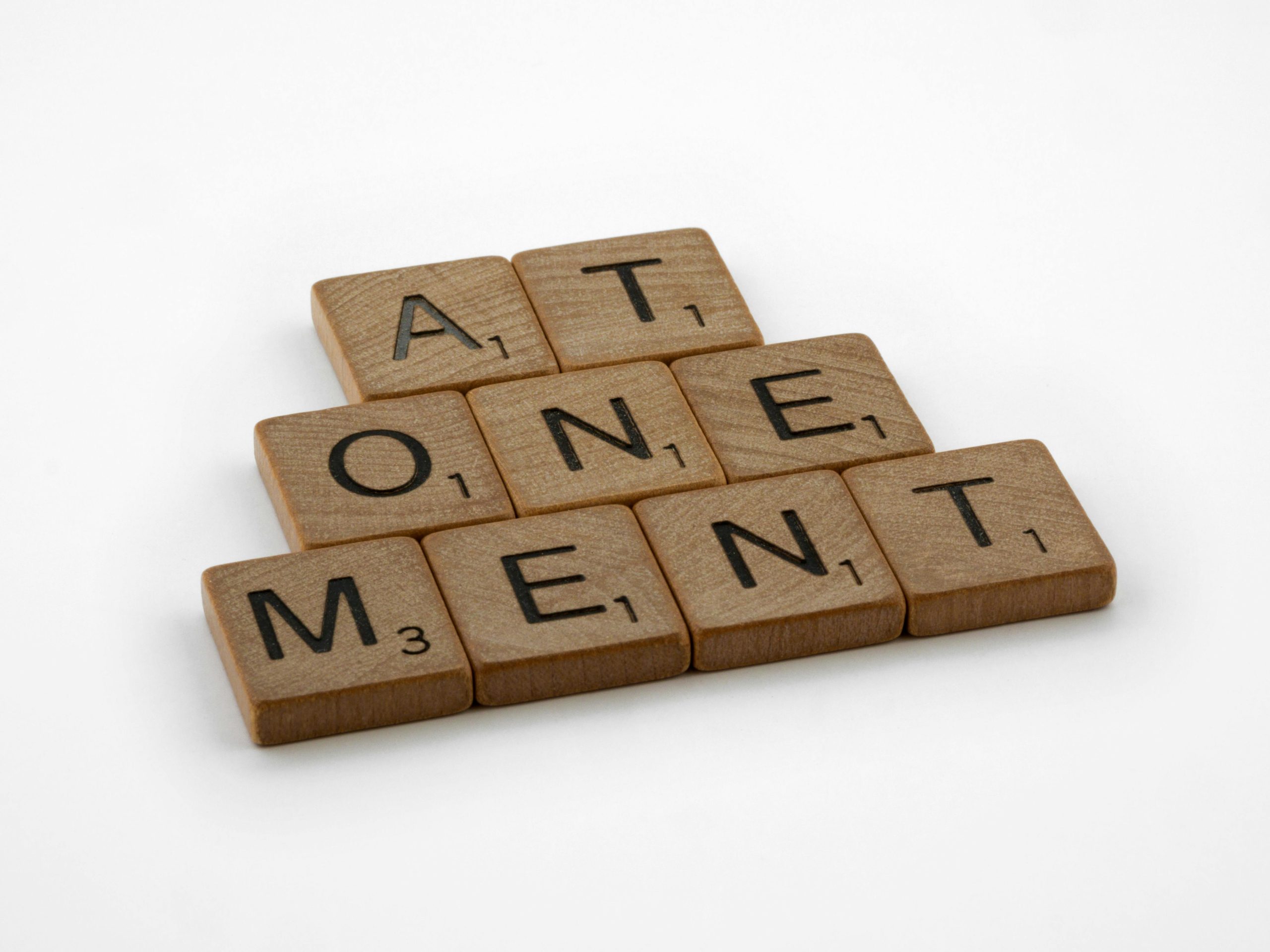All these amazing videos and I can’t generate a large picture.
Overcoming Limitations in Generating Large-Scale Images: Challenges and Solutions
In the rapidly evolving world of digital creation, artificial intelligence-powered image generation tools have revolutionized the way artists, designers, and hobbyists bring their visions to life. However, many users encounter significant limitations when attempting to generate large-scale images beyond standard resolutions. This blog post explores these challenges, shares a user’s journey through various solutions, and discusses potential pathways to achieve high-resolution, large-format images.
The Challenge of Large-Scale Image Generation
While AI image generators excel at creating stunning visuals, they often come with predefined resolution constraints—commonly capped at 1024×1024 pixels or similar sizes. This imposes a barrier for tasks requiring expansive images, such as detailed murals, large website backgrounds, or high-quality print materials. For many users, the desire to produce a single, seamless image larger than these limits remains unfulfilled.
A Personal Experience with Upgrading Image Dimensions
Consider the scenario of an individual aiming to generate a 2400×3600 pixel picture of a brick wall. Despite multiple efforts, standard AI tools struggled to produce a single, cohesive image at this size. Attempts to patch together smaller segments—such as generating a corner at 1024×1024 and attempting to stitch them—often resulted in mismatched colors and inconsistent textures. Even when trying to lock in prompts to maintain color fidelity, variations persisted between generations, making seamless reconstruction challenging.
Exploring Advanced Techniques
Some users have experimented with innovative techniques like “outpainting,” which involves extending an existing image beyond its original borders to create larger compositions. While promising in concept, practical applications sometimes fall short, as the AI may generate repetitive patterns or fail to accurately extend the original scene.
Others turn to external tools and communities for advice. For example, consulting with AI models like Gemini may suggest approaches such as outpainting, but results can vary. Similarly, tools like DeepSeek may recommend websites like PixLab, which, in this case, did not deliver the desired functionality. Some advise learning specialized game or texture software to create large backgrounds manually, though this requires additional technical proficiency.
The Broader Perspective
Given the diverse range of AI creations—such as animated sequences of car crashes, intricate animations of Dalmatians navigating obstacle courses, and other complex visuals—it’s understandable to wish for the same capability to generate expansive, high-resolution backgrounds or images. The curiosity and frustration expressed by users highlight a significant demand














Post Comment